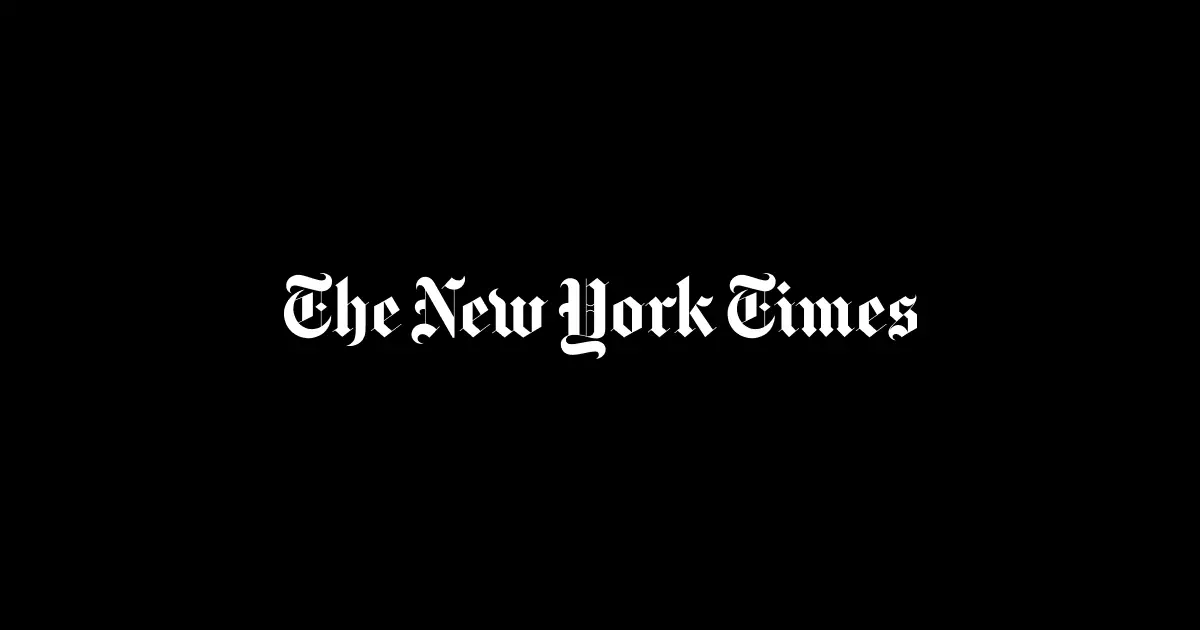Inflation’s most stubborn category remained stubborn last month.
Housing costs rose 0.4 percent in March and were up 5.7 percent from a year earlier, both unchanged from the month before. Shelter inflation has cooled since last year, when it peaked at more than 8 percent, but lately that progress has slowed.
Housing is by far the largest monthly expense for most families, which means it also weighs heavily in inflation calculations. Shelter accounts for more than a third of the Consumer Price Index, meaning it will be difficult for the Federal Reserve to tame inflation fully as long as housing costs continue to rise at their recent rate. Before the pandemic, shelter costs rose at a rate of about 3.5 percent per year.
Housing costs in the Consumer Price Index are based on rents. Economists have been expecting housing inflation to cool because of data from companies like Zillow and Apartment List showing rents rising more slowly or even falling outright in some markets.
The government’s rent index tends to move more slowly than the private-sector measures because of methodological differences, but economists have been surprised by how long the gap has persisted.
Most forecasters still believe the rent slowdown will show up in the government’s official measures eventually. But a few have begun to wonder if changes in the housing market, alongside demographics and other forces, could cause housing costs to continue to rise at a faster pace than before the pandemic. That would be bad news for the Fed because it would mean that prices in other parts of the economy would have to rise more slowly in order for overall inflation to return to its long-run target.
“This strength in shelter inflation, it’s concerning and somewhat puzzling,” said Blerina Uruci, chief U.S. economist at T. Rowe Price.

